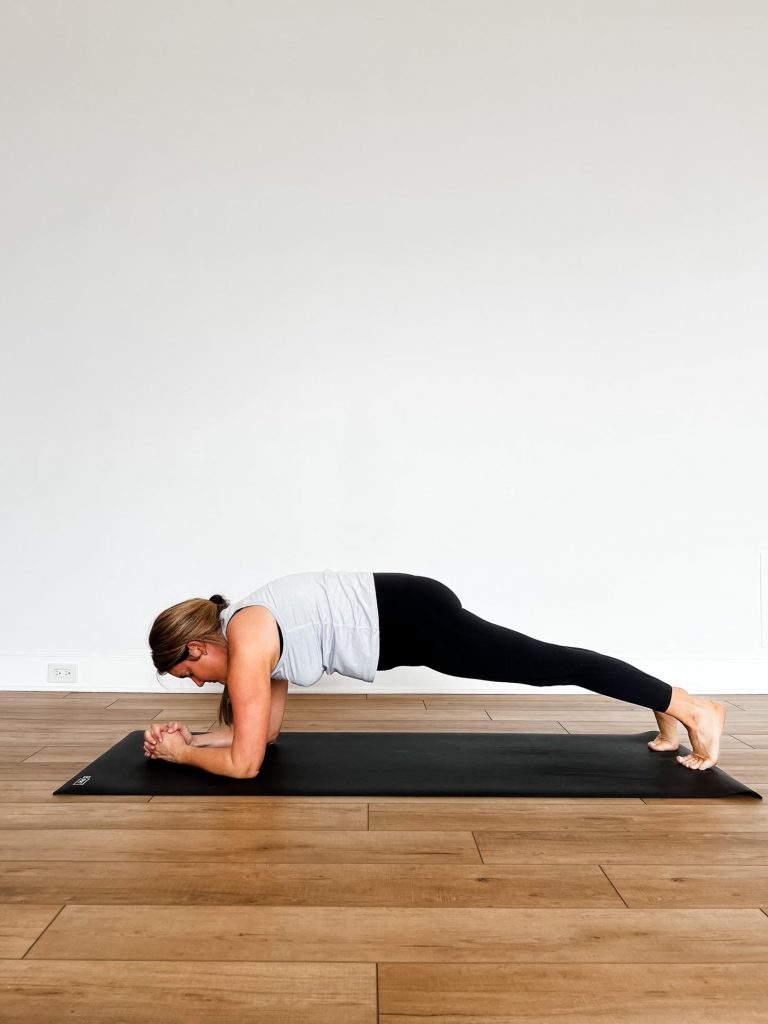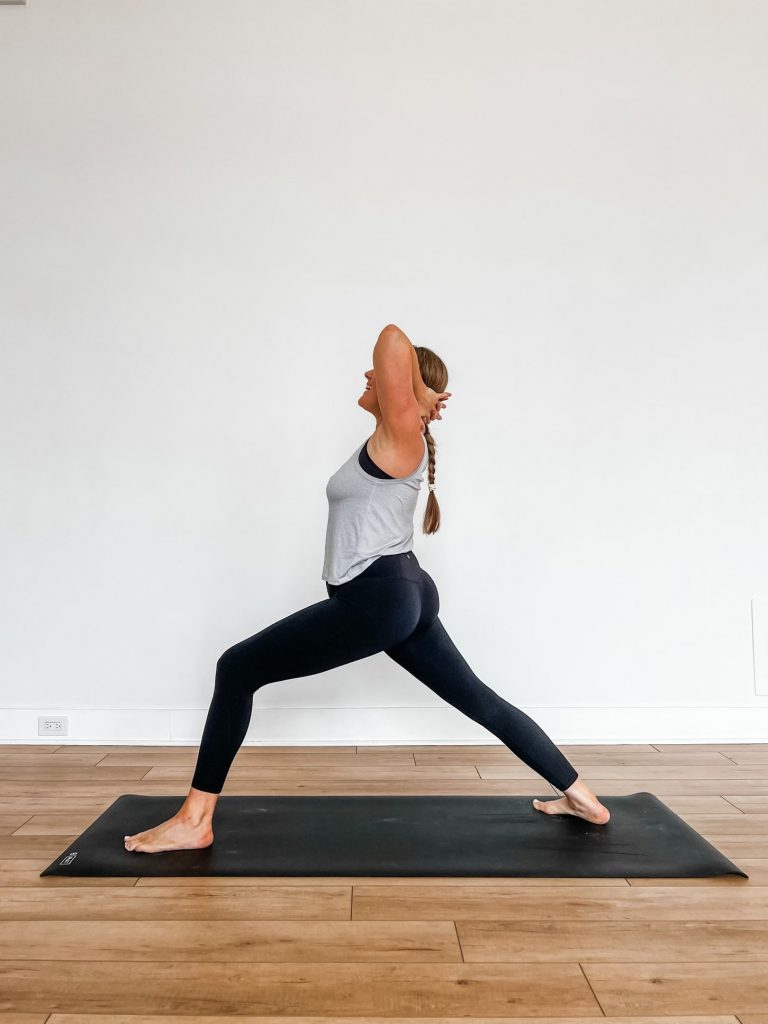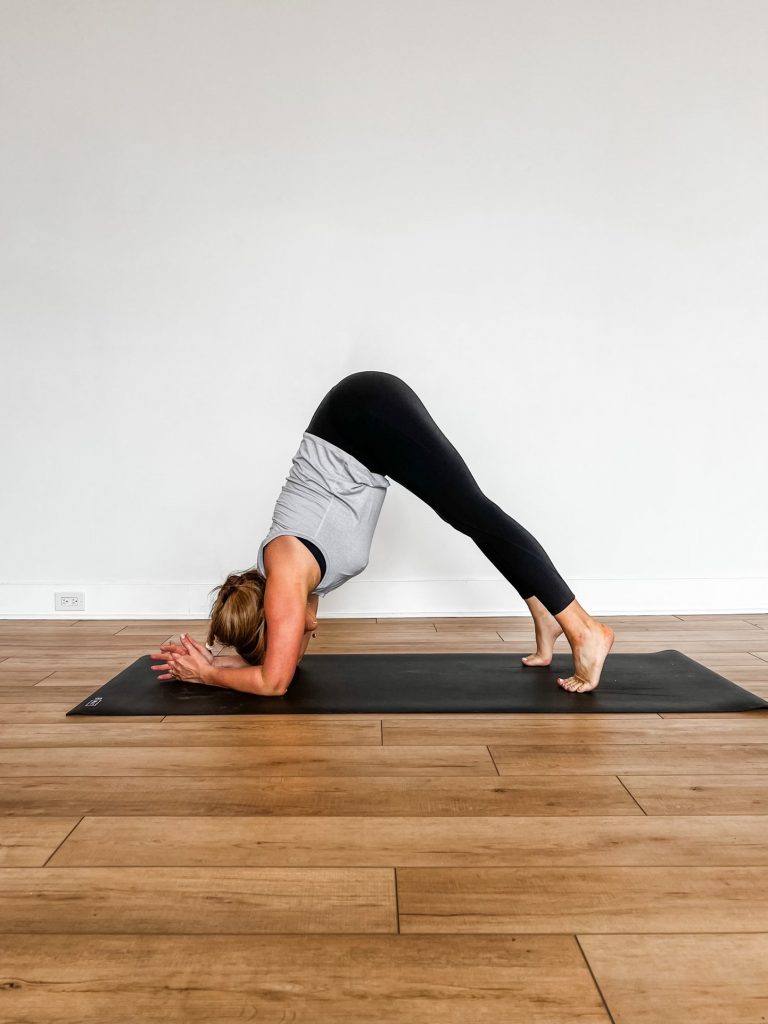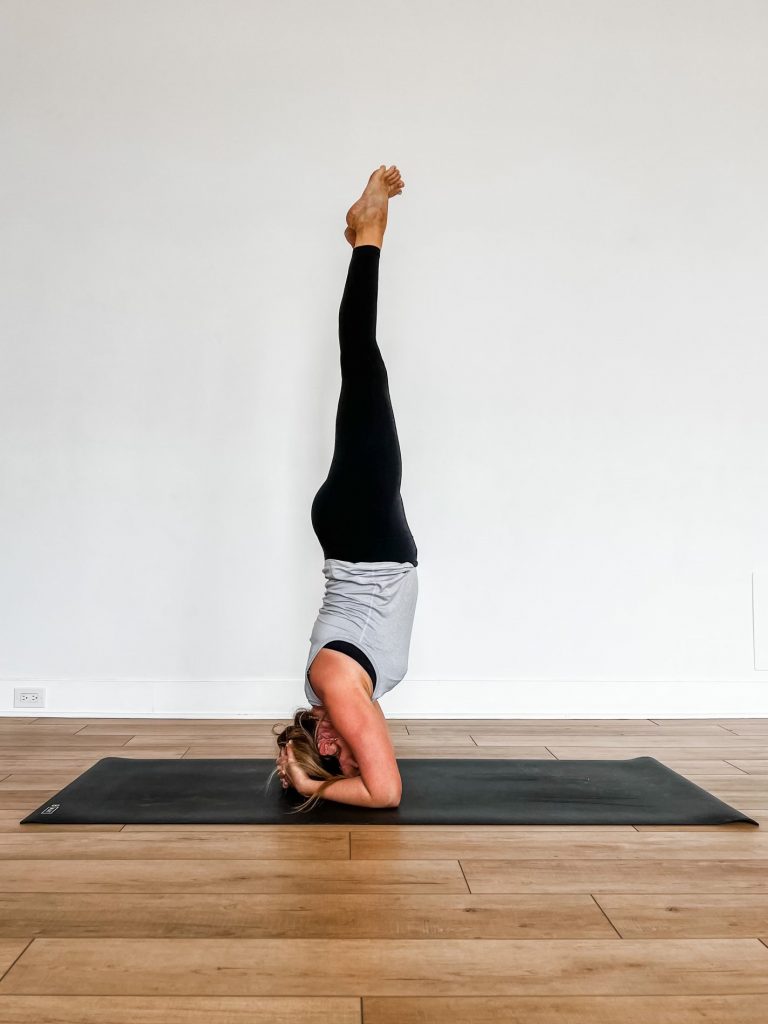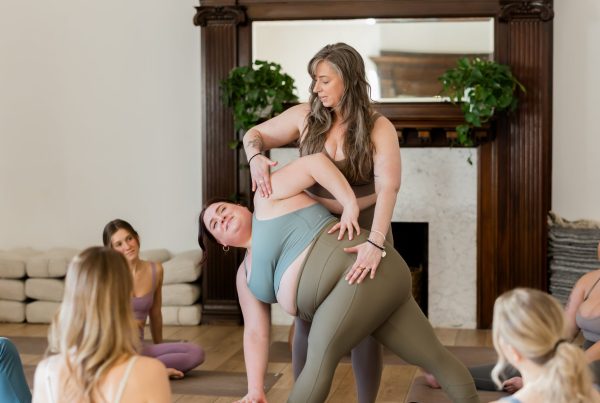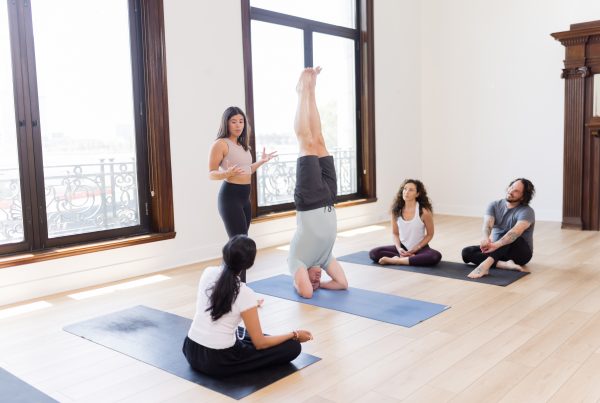
The Yoga Sutras of Patanjali are made up of 196 sutras and are said to help you live a fulfilling and happy life here on earth that’s free from suffering. The first chapter, or pada, explains the human mind and how you have the ability to tap into your own stillness.
Yoga Sutra 1.3, “Tada drashtuh svarupe avasthanam,” can be translated as, “Then the seer rests in their own true nature.” This word “seer” refers to the part of you that observes what’s happening around you and within you. It’s the part of you that doesn’t move or change while your mind is moving through thoughts, phases, and emotions.
When the “seer” is in their own true nature, it no longer associates itself with the material world, the mind, or the body. It recognizes it’s more than the emotions and the phases that the mind moves through. This sutra is where you begin to tap into that concept that you’re not your body or your mind. You’re something beyond those. You are a soul and you have a body and a mind.
It’s interesting how this sutra appears so early on in the text because it’s such a huge concept to unpack and understand! This is an invitation to ask yourself who you really are beyond your job, your family role, your likes or dislikes, your car, where you live, and what you look like. Yoga Sutra 1.3 is asking you to tap into the part of you that never changes and is eternal.
This is a lot! A good practice to cultivate alongside this sutra is to think about what you truly are not. Anything about yourself that can change is not you. You’re not the color of your hair or your career title. You are a soul and you have a body. The nature of your soul is all-loving, so anything that is not all-loving is not you.
Headstand is such a great pose to work towards because coming upside down presents lots of new perspectives. It’s a time to really surrender expectations, check in with any egotistical moments that may come up, and realize how you can use your amazing gift of a body to become more contemplative in difficult situations. When learning this pose, it can cause some frustration and you may not be able to hold it for very long. However, once you’ve been practicing it for a while, it can be a time to observe what comes up as you’re in this inverted shape.
Supporting Pose #1: Forearm Plank with Interlaced Fingers
This pose will help you find the placement of your arms on the mat and also introduce you to how you need to activate your arms and press away from the ground. Often, students think that all of their body weight needs to be on their head when they really need to be activating their upper back and arms much more.
- From all-fours / hands and knees, lower your forearms to the mat.
- Bend your elbows and touch your hands to the opposite elbow.
- Interlace your fingers while keeping your elbows beneath your shoulders.
- Extend your legs back into a plank position.
- Send the crown of your head forward as your heels reach back. Press the mat away from you with your forearms and engage your abdominals.
Supporting Pose #2: Virabhadrasana I (Warrior I) with Fingers Interlaced Behind your Head
This is a great variation to weave into your standing pose sequence because it’ll start to mirror what your arms do when you’re upside down. Warrior 1 is always a nice pose to practice when building towards Headstand because it requires awareness of your hips and also the strength of your legs.
- From a Low Lunge, turn your back heel down and rise up to Warrior 1.
- Read your arms up overhead and interlace your fingers behind your head.
- Open up your palms to feel the back of your head in your hands and move your elbows towards each other.
- Think about reaching your forearms up towards the ceiling or sky while elongating the sides of your waist.
Supporting Pose #3: Ardha Pincha Mayurasana (Dolphin Pose with Interlaced Fingers)
If someone is still working towards Headstand, this pose can actually be held instead of coming into Headstand. It’s a nice way to build up strength and awareness while inverted.
From a plank pose, lower your forearms to the mat and interlace your fingers.
Press into the mat with your forearms and lift your hips up as you would for a Downward Facing Dog.
Walk your feet a little closer to your head and play with trying to move your hips over your shoulders.
If you can, open up your palms while keeping your fingers interlaced. This can help you avoid gripping your hands too much.
Peak Pose: Sirsasana A (Headstand)
- From Dolphin Pose, interlace your fingers and begin to walk your feet closer to your head.
- Lower the crown of your head to your mat and open up your palms so the back of your head is touching the palms of your hands.
- Try to keep walking your feet towards your head until you feel like your hips are moving over your shoulders.
- If possible, lift one leg up towards the ceiling or the sky and come on to the tippy toes of your other foot.
- Engage your abdominals and maybe reach your other leg up to meet it. Press your forearms into your mat and reach your heels away from your head.


